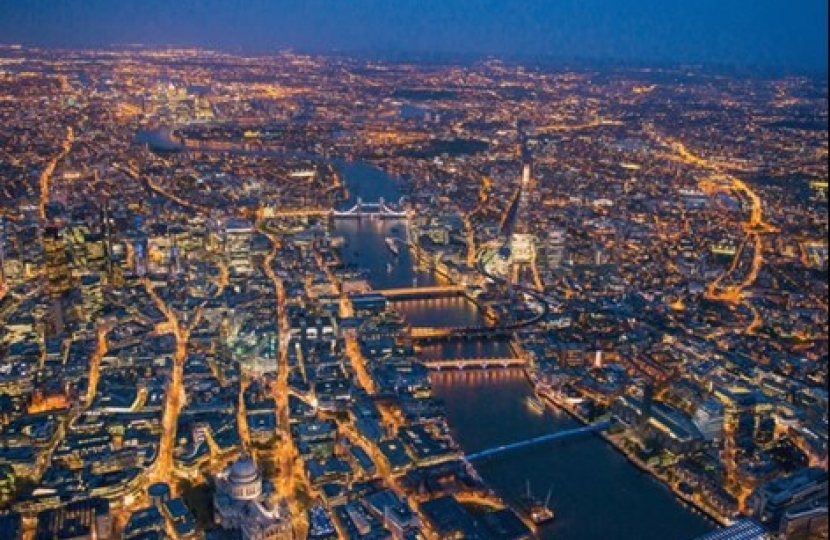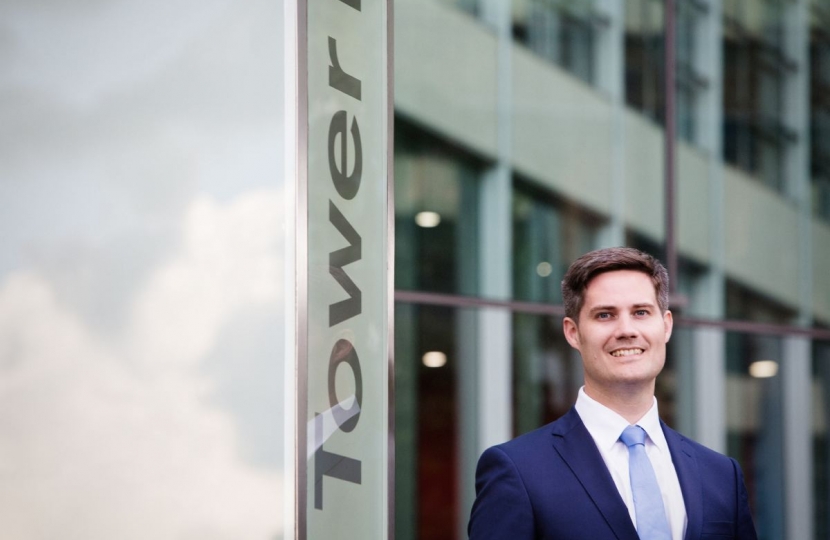Over the past 18 months the City of London Corporation has installed new lighting around the main and side roads in the city’s square mile and that it will install those needed in footways in the first quarter of next year. The project involves around 12,000 lights in total.
The network has been installed with technology company Itron using a mesh network conforming to Wi-SUN Alliance standards – supported by a network operating centre in Budapest – and a software system from Urban Control.
Giles Radford, highways manager for the City of London, said it is taking an approach described as “the right light at the right time in the right place”, using a system that makes it possible to control the level of lighting for each street individually. It also includes an emphasis on many of the lights operating at the lower ranges of 2,000-4,000 kelvins, although they can go up to 7,000.
We started this the project five years ago, and can now see the future with improved energy use reduced cost and a greener source of lighting.
“This technology allows us to develop a strategy for street lighting and push boundaries,” Radford said. “The lighting strategy aims to create a holistic and smart approach in which light and darkness are better balanced to meet functional and aesthetic needs.”
Among the factors being taken into account are reducing dangers on the roads, combatting crime and disorder, making buildings look better and supporting tourism and events. The strategy also involves underlying priorities for the authority, including sustainability, safety and public health.
The corporation is looking to quantify the benefits in terms of reduced energy consumption, removing the need for ‘scouts’ to monitor street lighting as the systems produces full time reporting, and scaling back its maintenance routines as the lights and their brackets are more robust.
“Once you start to quantify these together we will have a substantial improvement,” Radford said. “For energy consumption we’re looking to a 60% reduction, and we think we’ve already gone over that.”
Self-healing mesh
The mesh network involves 10 gateways around the city, using Wi-SUN technology, and has a self-healing function through which, if there is a breakdown in any of the peer-to-peer communication paths, it is quickly identified and re-routed. This is claimed to make the connectivity more reliable.
We are now looking at the potential for using the platform with a range of internet of things devices such as traffic, air quality and parking sensors and for automated meter readings.
“The next journey as a smart city will be to take this to the next level,” he said. “This has given us a digital platform to take this forward.”
“As a proponent of smart city benefits I’m delighted to be a small part of this..”...James Tumbridge



